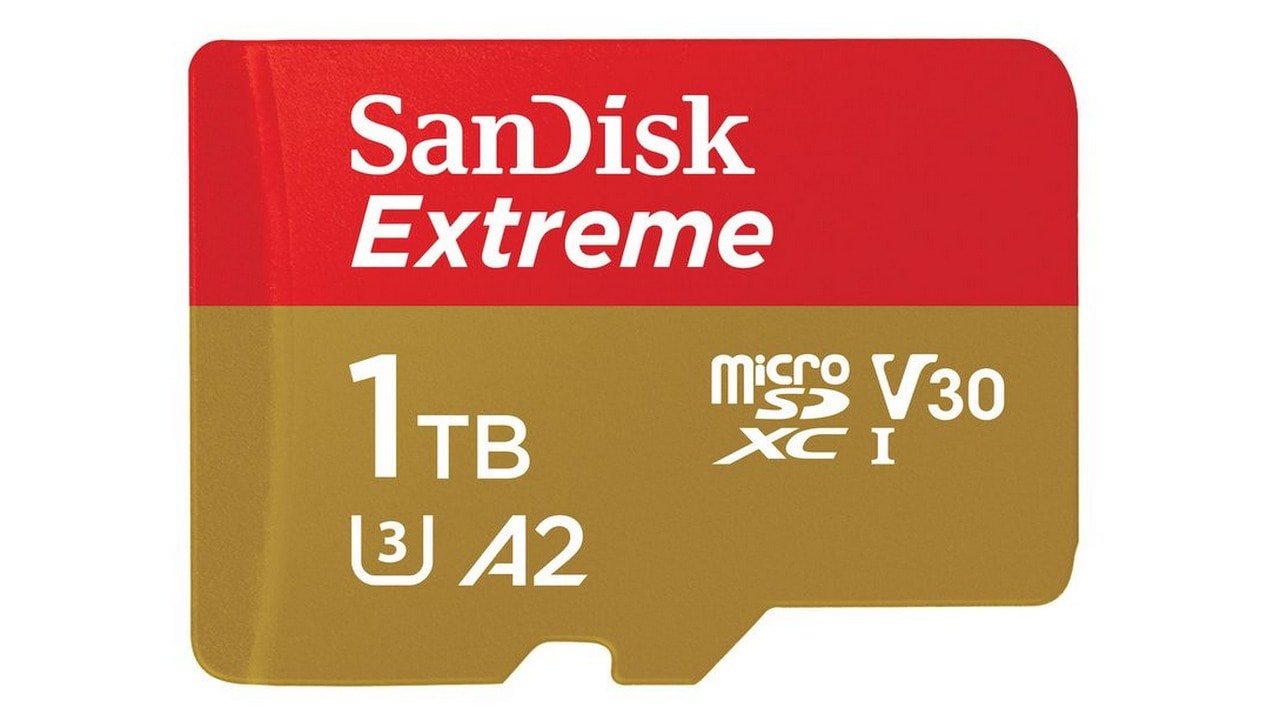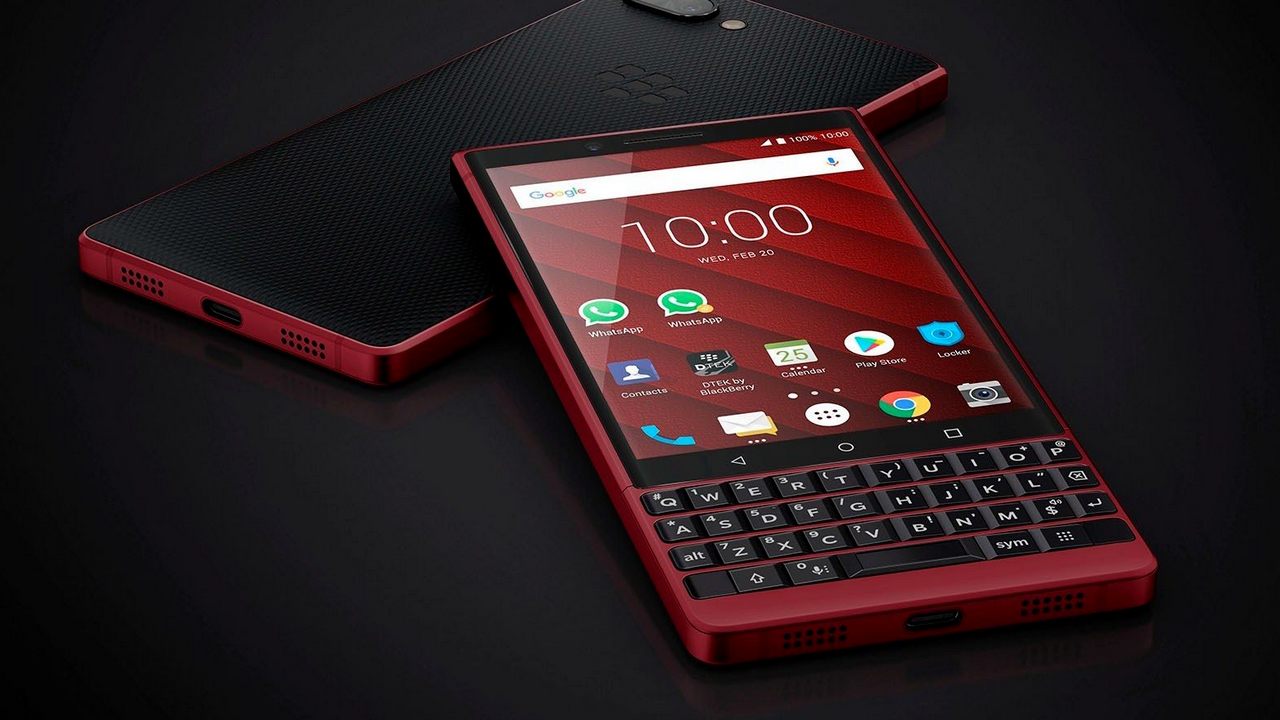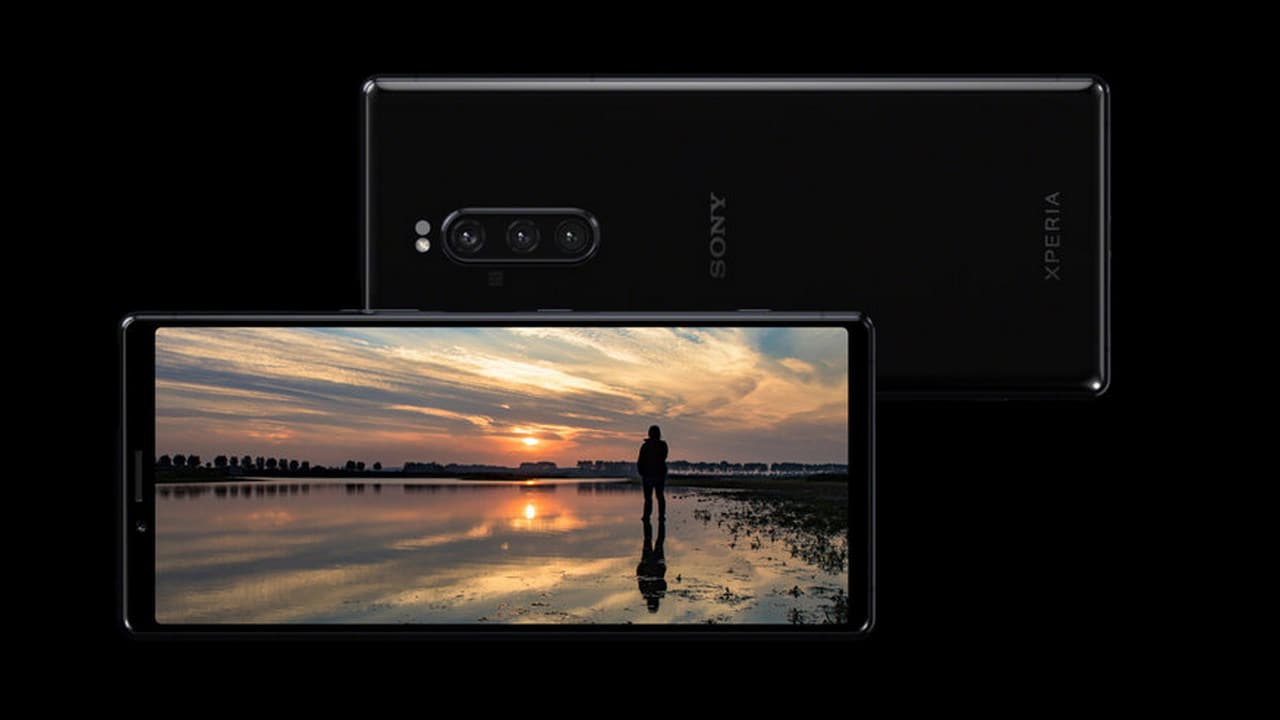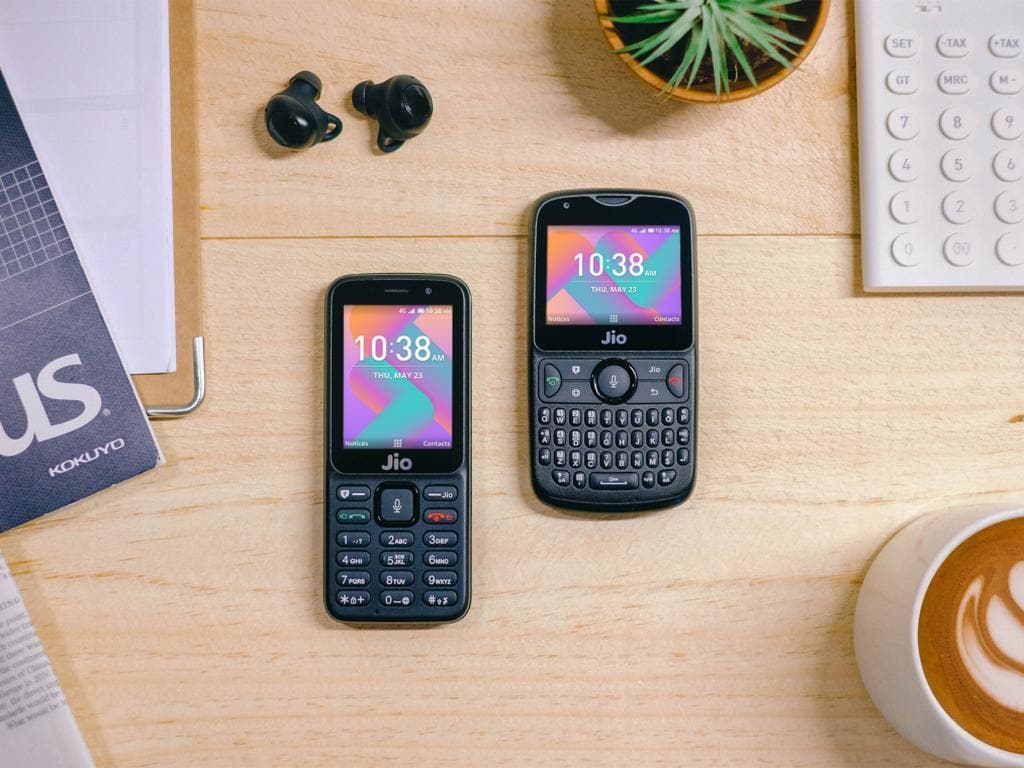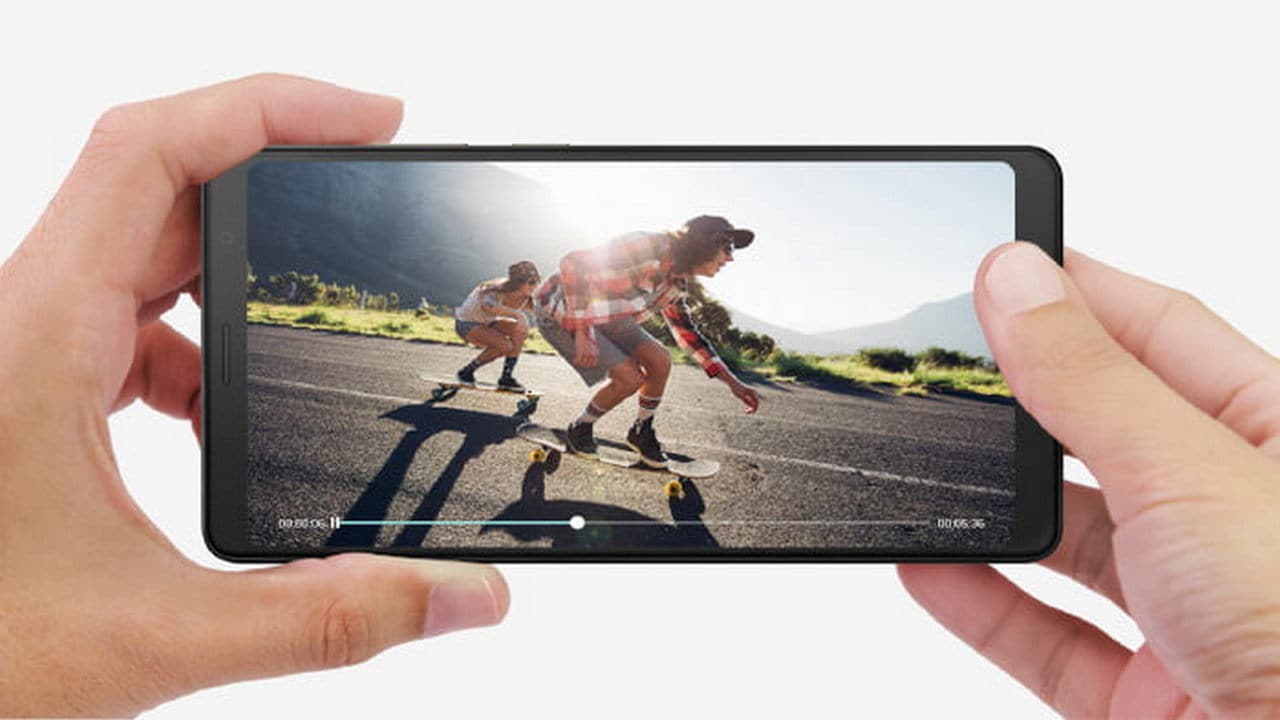Nimish Sawant Feb 27, 2019 16:12:55 IST
Spotify, one of the most popular music streaming services, has officially launched in India today. It is available on Android, iOS as well as on the web platform.
The freemium streaming service will be available for free starting today. In the case of Spotify, this means that while you can stream content for free, you will have to endure unskippable ads. Also, the option to skip a track you don’t like is only available in the paid version — free users can skip up to 6 tracks a day.
If you’d rather not suffer through that, Spotify is also offering a free, 30-day trial of its Premium tier, which you can then pay for by selecting from one of the following subscription packages:
- One day: Rs 13
- Seven days: Rs 39
- One month: Rs 129
- Three months: Rs 389
- Six months: Rs 719
- One year: Rs 1,189
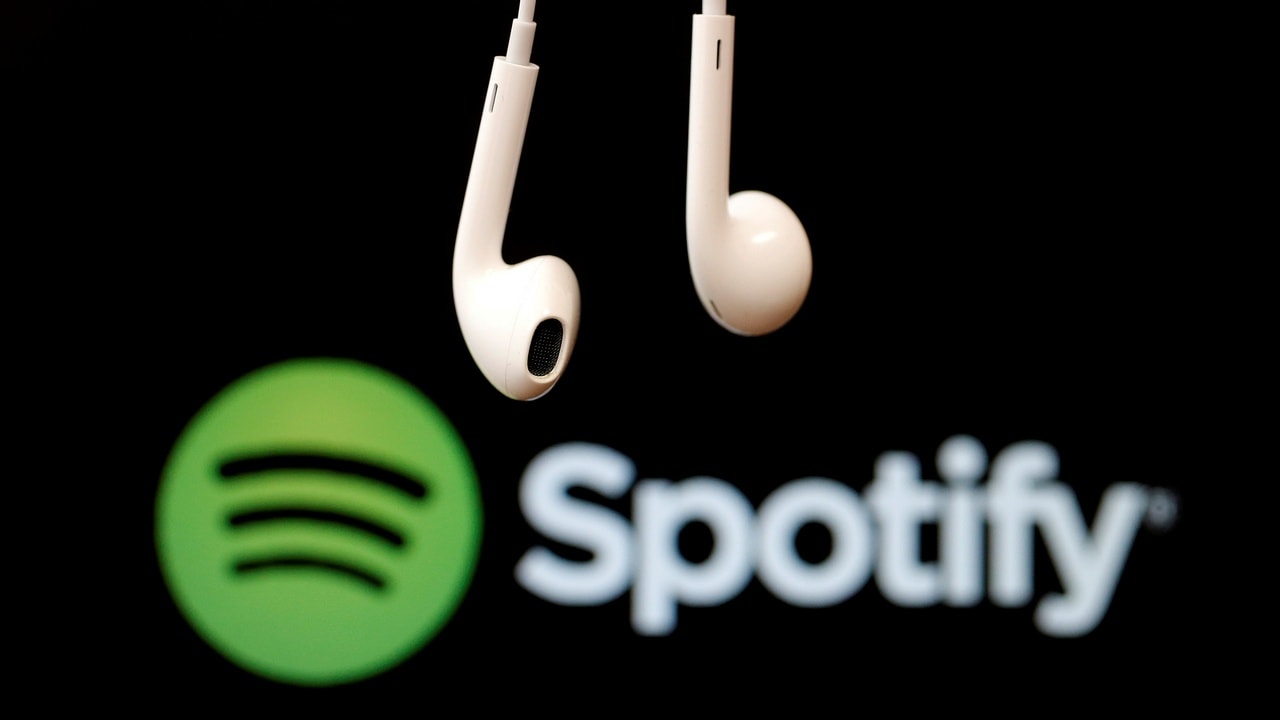
File photo of Spotify logo. Image: Reuters
In a conference call post the official launch announcement in India, the Spotify India team comprising India managing director Amarjit Batra, head of India marketing operations Akshat Harbola and Spotify’s global director of product Owen Smith, spoke at length. For the purpose of simplicity, quotes would be attributed to the Spotify India team.
Spotify India is official
The Spotify India launch has been speculated for quite a while now. Initially, the launch was scheduled towards the end of last month. Then it was speculated to be delayed to mid-March. But on the night of 26 February, the Spotify app started showing up on Android and iOS app stores.
India already has a lot of audio streaming services including Apple Music, Google Play Music, Amazon Music and local ones such as JioSaavn and Gaana. Spotify is entering a crowded market, so to speak. But according to the Spotify India team, there is still a huge gap to fill in the audio streaming space. When asked who Spotify considers as its main competition, the team didn’t name any of the existing players but instead said that its main challenger was the pirate mindset and it hopes to change that with is freemium offering.
Considering that Spotify has come late to the party, it has taken ample measures to ensure that its offering is localised to Indian tastes. To that effect, Spotify India will have regional language catalogues and its recommendation engine is already active for four Indian languages. India playlists will not be just genre based, but considering the love of films among Indians, playlists according to the actors in those films will also be up from day one.
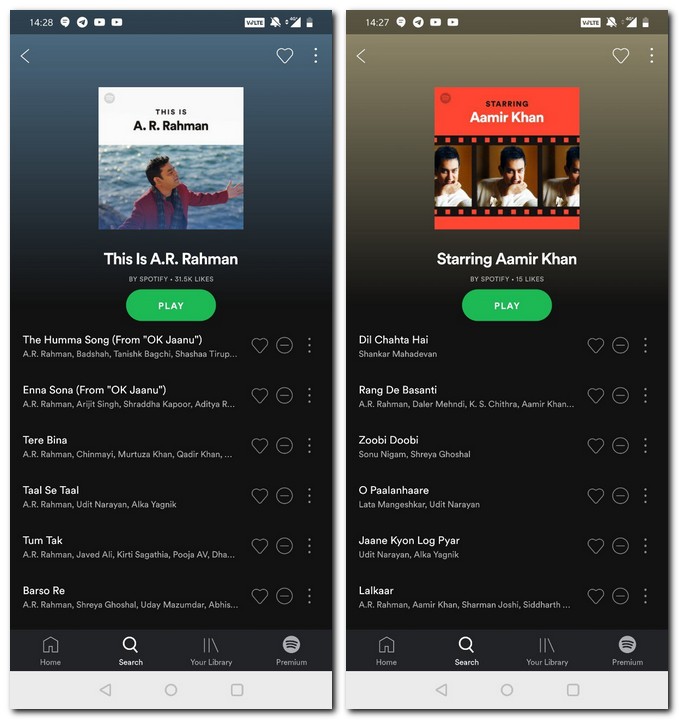
India specific playlists on launch day on Spotify
Focus on localising content to Indian tastes
“In India, a service that just deals with music artists won’t work. It has to have musicians, films, actors, music according to the varied decades of cinema and so on. The recommendation engine had to adapt to that. We also have in-house curators, who build a host of playlists around films and actors,” said the team as part of its differentiation efforts for India.
According to the Spotify India team, the company could have launched earlier in India, but merely plugging in the international version would be pointless. “We like to look at any market with a local perspective and we pay a lot of attention to local content. We also look at consumer insight. We then go back and improve the product and that takes time,” said the team stating that Spotify would be partnering with a lot of local content creators, independent artists along with brand partnerships.
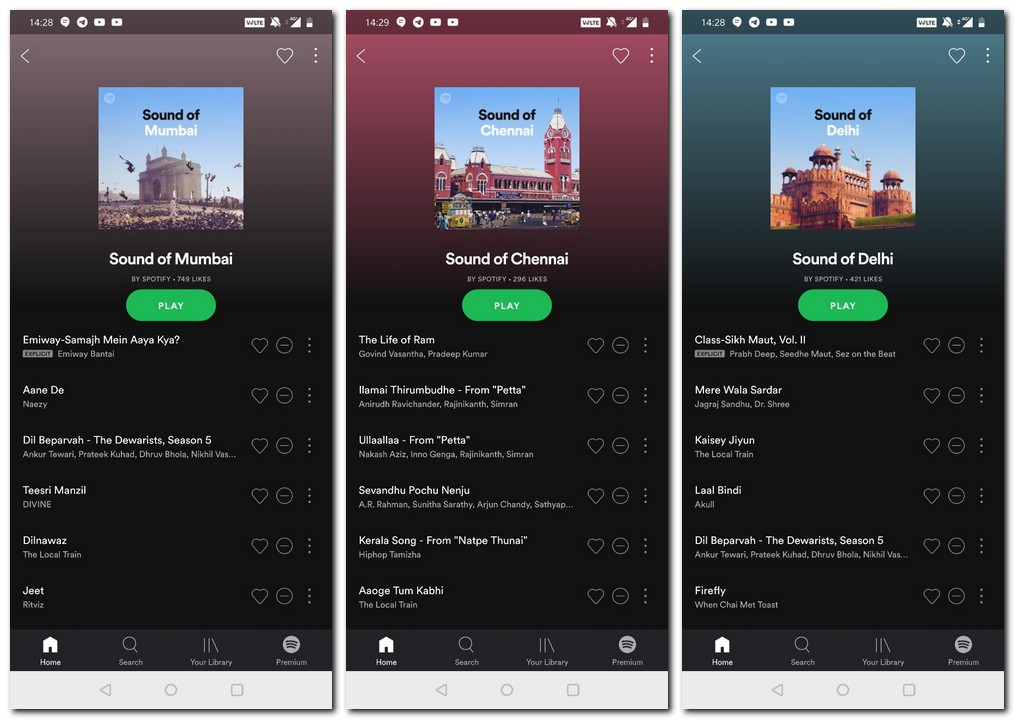
Sound of Cities is a city-based playlist which Spotify will curate for its India users
Considering a lot of Indian users are still on 2G/3G networks, how would Spotify scale the streaming when you are in a weak network area?
“By default, Spotify streams at 96 kbps for free users. If you are on the Premium plan, you are streaming music at 320 kbps. But at instances where your network strength isn’t too strong, the streaming can happen at 24 kpbs at the minimum,” said the team.
According to a Deloitte report, the music streaming industry will see revenues of Rs 3,100 crore by 2020. Considering Spotify just crossed the 200 million subscriber mark last month, it will be looking forward to a huge growth opportunity in India as well. According to the team, while it is still unpredictable to see how its Premium offering will play out, it still thinks there is enough to get people to subscribe.
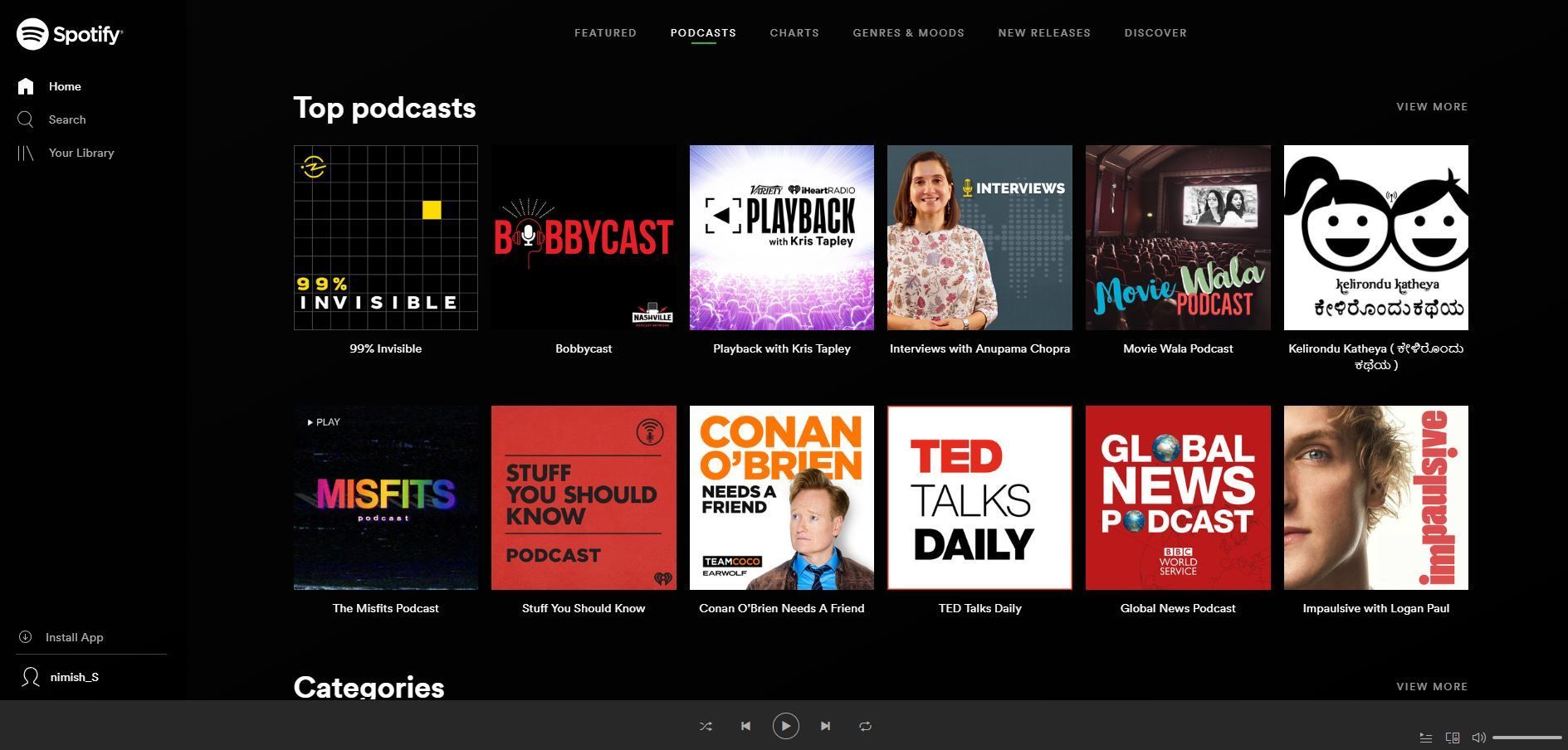
Spotify recently acquired Gimlet and Anchor.fm to boost its podcast efforts.
“The video OTT space is growing here and people are willing to pay for quality content. That wasn’t the case two years ago. Even payment ecosystems have undergone a sea-change, so we are seeing that also translating into getting users to pay for services online. Spotify’s freemium model has worked in emerging markets abroad and we feel confident that it will work here as well,” said the team.
Spotify would also be looking at working closely with its partners to have data-backed ‘live’ properties. These can either be concerts streamed live on the internet or experiences such as Spotify on Stage. Nothing is concrete yet, but the team said that Spotify would be open to partnering with music festivals in India as well.
Spotify India vs Warner Music Group
The Spotify India launch hasn’t been as smooth as one would have expected. Just a day before its India launch, there was news floating that it was being sued by Warner Music Group. The group, which comprises artists like Ed Sheeran, Madonna, Led Zeppelin, asked an Indian court to block Spotify from streaming songs from artists on the group’s roster. So naturally, some artists are not present on the platform. Also, a lot of the content available on international playlists is coming greyed out for Indian users.
“Spotify is an evolving service and will be working with labels to add more content for Indian users. We will review the gaps and will update those as and when needed,” said the team. This was the standard response on questions around its local podcasts plans for India, family plans for Indian users, Alexa or Google Home integrations and more.
Stiff competition in the audio streaming space
The anticipation for the Spotify India launch was huge. Now that it has finally launched in India, it has established competitors in the space to deal with. But with other streaming services already having a significant lead in India and some users already having invested in these streaming services with their playlists and music selections, will Spotify be able to convert those users? Or is there a completely new market segment Spotify has its eyes on? It’s too early to opine on that.
(Also Read: Spotify vs Apple Music vs JioSaavn vs Gaana vs Google Music vs Amazon Music: A comparison of services)
But being the first audio streaming service around with a catalogue of 40 mn plus songs and over billions of user-curated as well as algorithmically-created playlists, the recommendation engine of Spotify is surely its USP. How quickly it adapts to local tastes and regional content is what will make it stand out in the crowd.
Disclaimer: JioSaavn is owned by Reliance Industries which also owns Network18, the publisher of Firstpost and Tech2
Tech2 is now on WhatsApp. For all the buzz on the latest tech and science, sign up for our WhatsApp services. Just go to Tech2.com/Whatsapp and hit the Subscribe button.




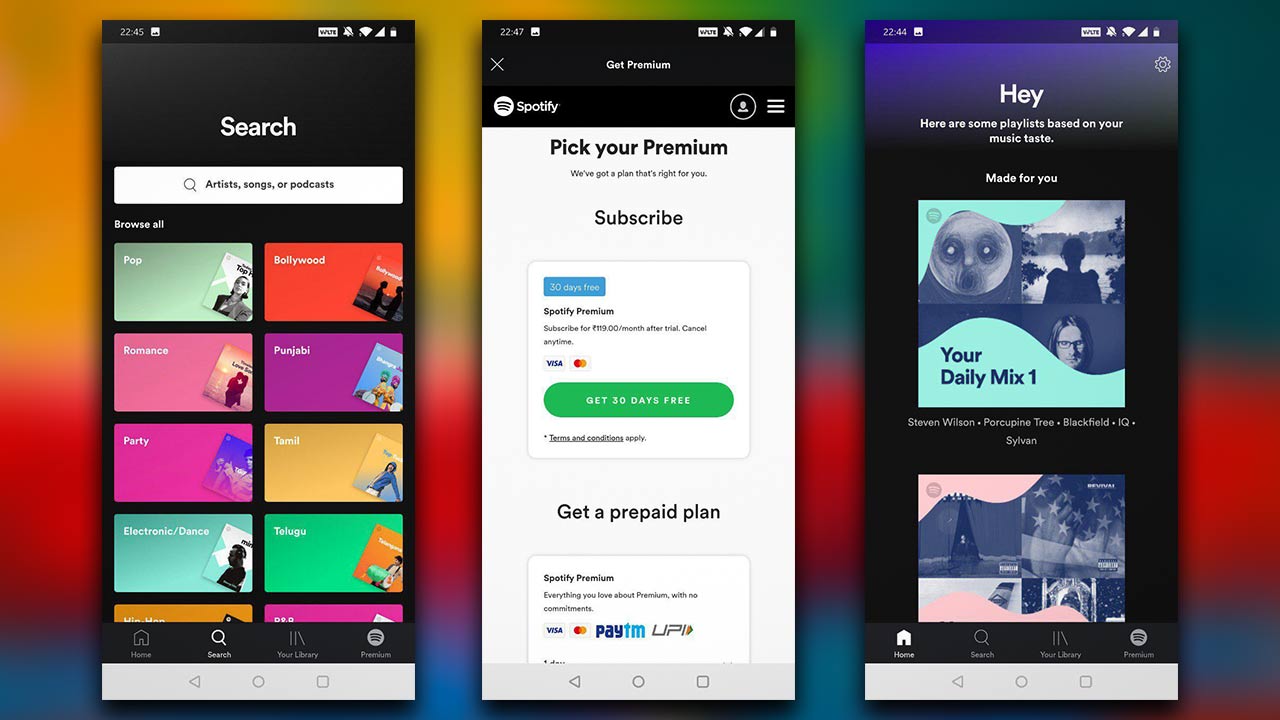

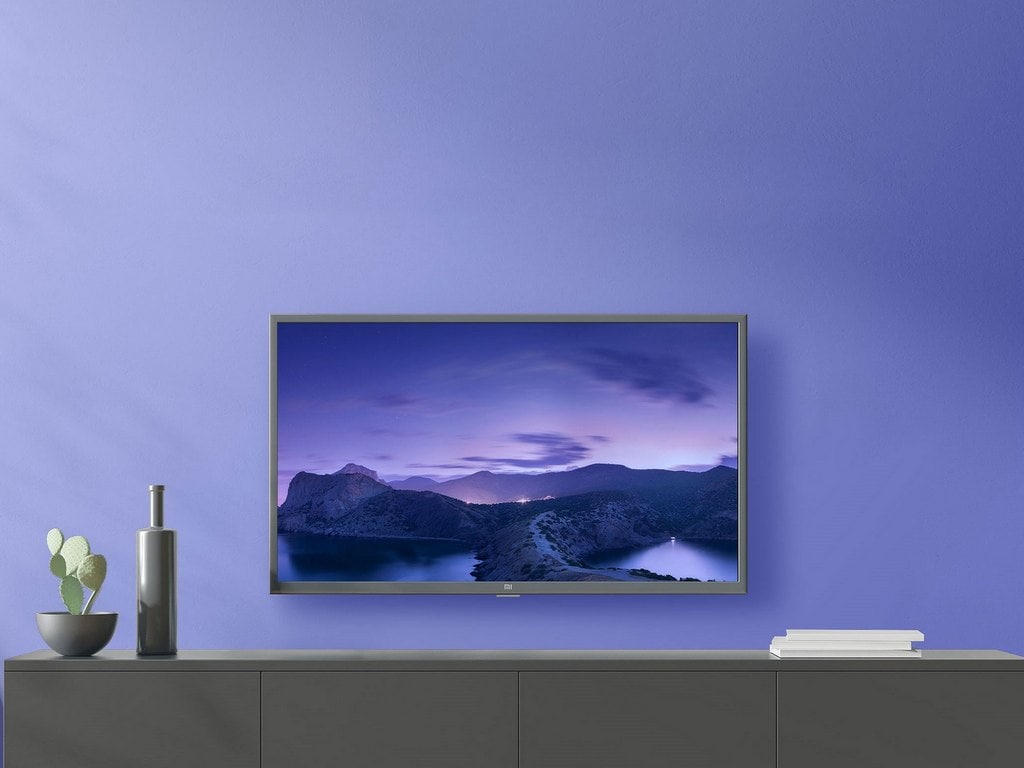






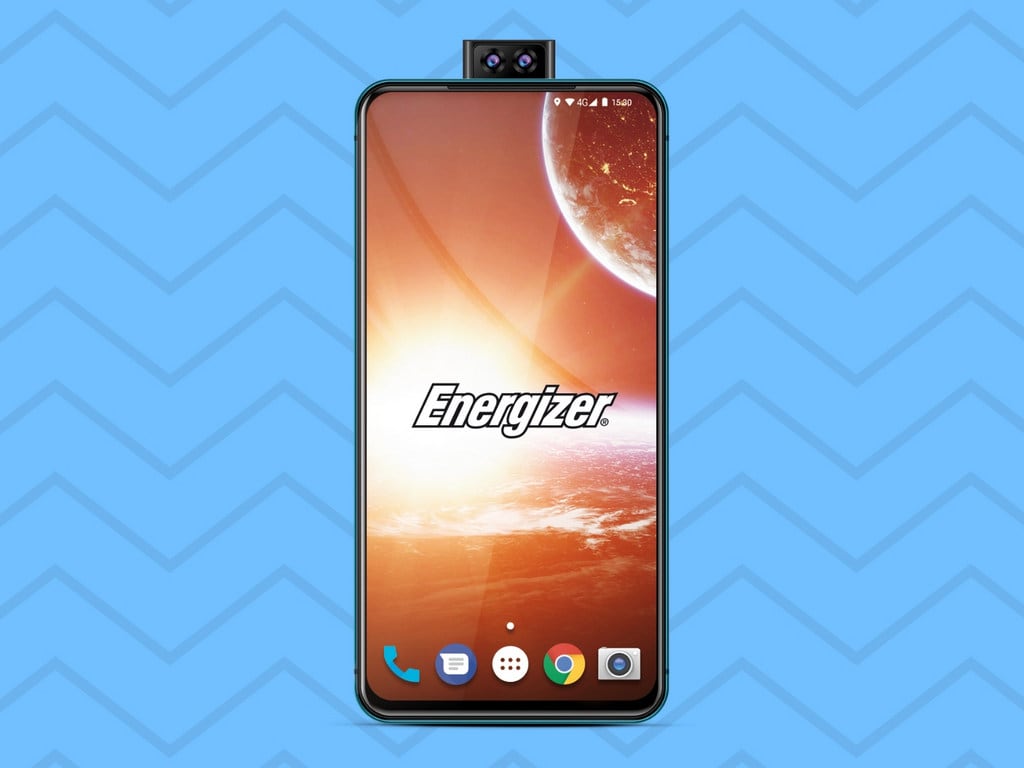

 (@bitvalentine)
(@bitvalentine) 




